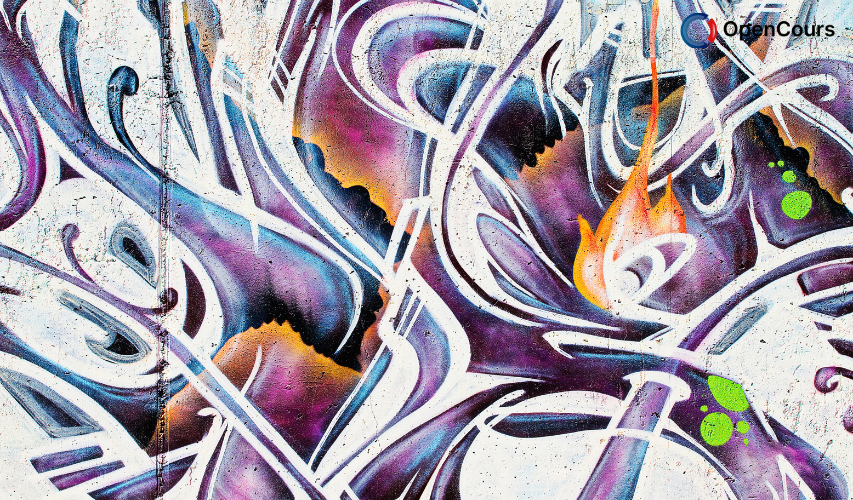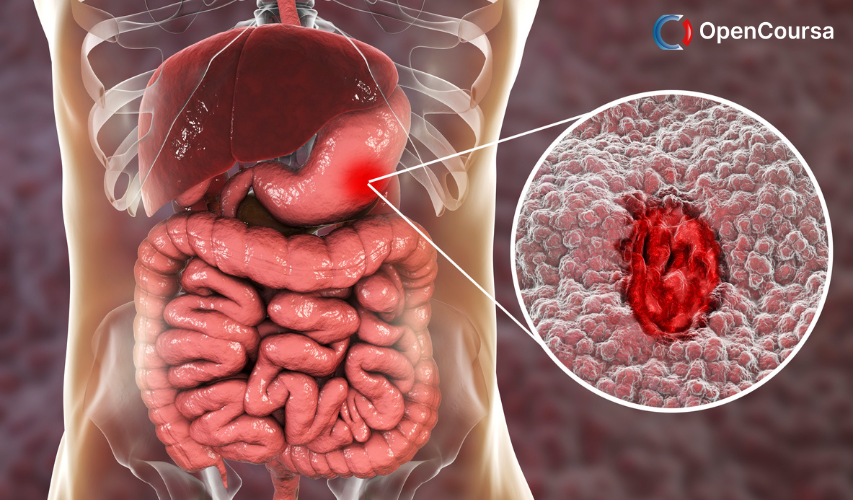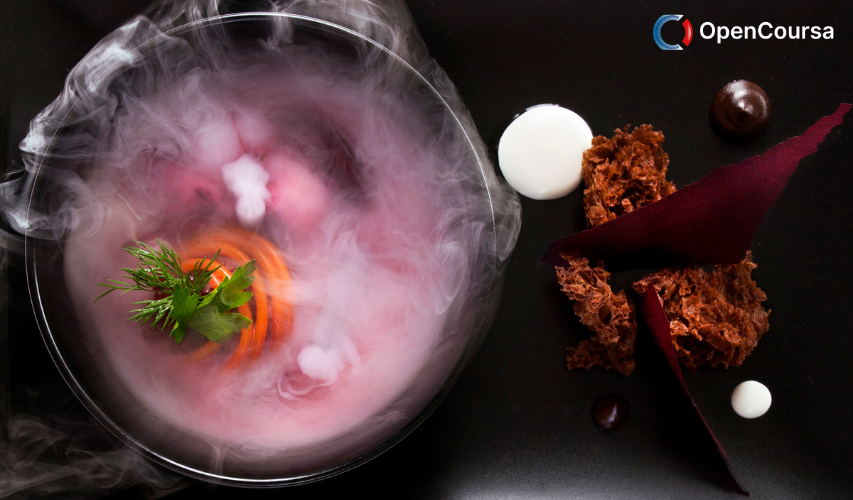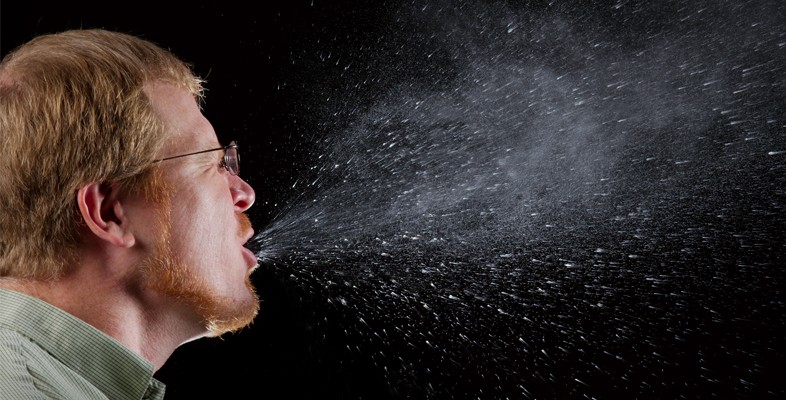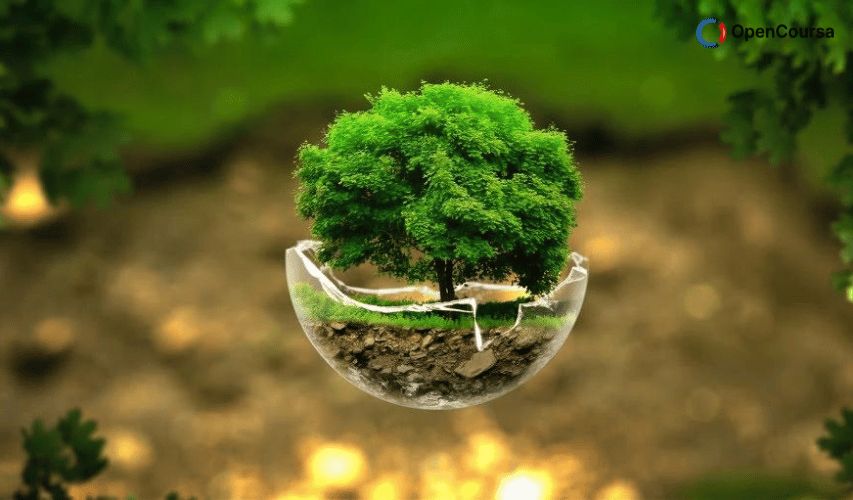Home » Course Layouts » Free Course Layout Udemy
In this course, Infection, and immunity, you will be introduced to infectious diseases and to the biological agents that invade our bodies and cause them: pathogens. You will also learn about the immune system, the human body’s vital defense against pathogens.
0
59
English
English [CC]
- Learn basic syntax that can apply to any language.
- Learn what is a programming language and the basic concepts for beginners.
- Understand what is Javascript in it's truest form.
- Know the basic syntax of Javascript.
- Know some hidden quirks in Javascript.
Description
Along the way, you will learn about the scientific method and how it has helped scientists understand pathogens and aid the prevention of infectious disease. But the challenge is ongoing. Pathogens are everywhere and come in all shapes and sizes. As you will see, the fight against infectious disease remains critical for global health today.
There are engaging videos and exciting animations to help you understand some more challenging concepts. The course is split into four sessions to help you structure your learning. Each session ends with a quiz so you can assess how well you're doing.
When you complete the course you'll receive a free statement of participation to help you to share your achievement.
Course learning outcomes
After studying this course, you should be able to:- Distinguish between symptoms and signs of infectious disease and illustrate how they are combined in making a diagnosis
- Summarise the main direct and indirect transmission routes by which pathogens pass from person-to-person, from other animals, or from the environment to humans
- Appreciate the usefulness of combining systematic observations and measurements with testable hypotheses (the scientific method) in understanding infectious disease
- Distinguish between the six main types of pathogen multicellular parasites, single-celled protists, fungi, bacteria, viruses, and prions
- Summarise the main features of human defenses against infection.
Course content
-
- Introduction 00:20:00
- What causes infectious diseases? 00:10:00
- Symptoms and signs of infection 00:20:00
- Acute or chronic conditions 00:20:00
- Direct person-to-person transmission of pathogens 00:10:00
- Indirect person-to-person transmission of pathogens 00:20:00
- Animal-to-human transmission of pathogens 00:30:00
- The end of infectious diseases? 00:10:00
- Emerging infectious diseases 00:10:00
-
- Introduction 00:50:00
- Origins of the scientific method 00:30:00
- Infant deaths in 19th-century England 00:50:00
- Waterborne infection in 19th-century England 00:50:00
- John Snow, cholera and the Broad Street pump 00:10:00
- John Snow’s experiment 00:30:00
- Edward Jenner, smallpox and vaccination 00:05:00
- Edward Jenner’s experiment 00:10:00
- Edward Jenner and the scientific method 00:20:00
- Introduction 00:10:00
- How many pathogens cause human disease? 00:10:00
- Cells and their relationship to pathogens 00:10:00
- Organisms and their scientific names 00:05:00
- Introducing parasites and protists 00:10:00
- Ectoparasites and endoparasites 01:00:00
- Malaria and other protist diseases 00:20:00
- Fungal pathogens 00:10:00
- Bacterial pathogens 00:40:00
- Viral pathogens 00:20:00
- Prions 00:05:00
- Conclusion 00:10:00
N.A
- 5 stars0
- 4 stars0
- 3 stars0
- 2 stars0
- 1 stars0
No Reviews found for this course.
Instructor
Open University UK
4.8
4.8
14
43384
1068
Explore Free Courses
Access valuable knowledge without any cost.
{"title":"","show_title":"0","post_type":"course","taxonomy":"course-cat","term":"engineering-skills,health-and-safety","post_ids":"","course_style":"free","featured_style":"course6","masonry":"","grid_columns":"clear4 col-md-3","column_width":"268","gutter":"30","grid_number":"4","infinite":"","pagination":"","grid_excerpt_length":"20","grid_link":"1","grid_search":"0","course_type":"","css_class":"","container_css":"","custom_css":""}


